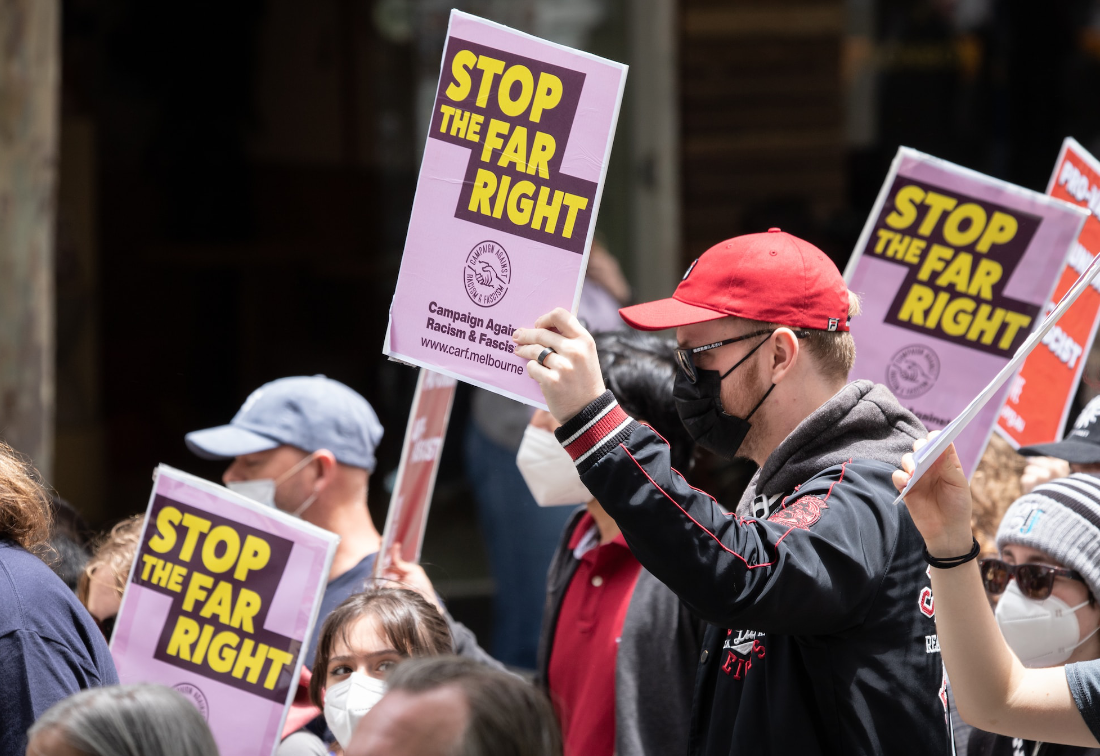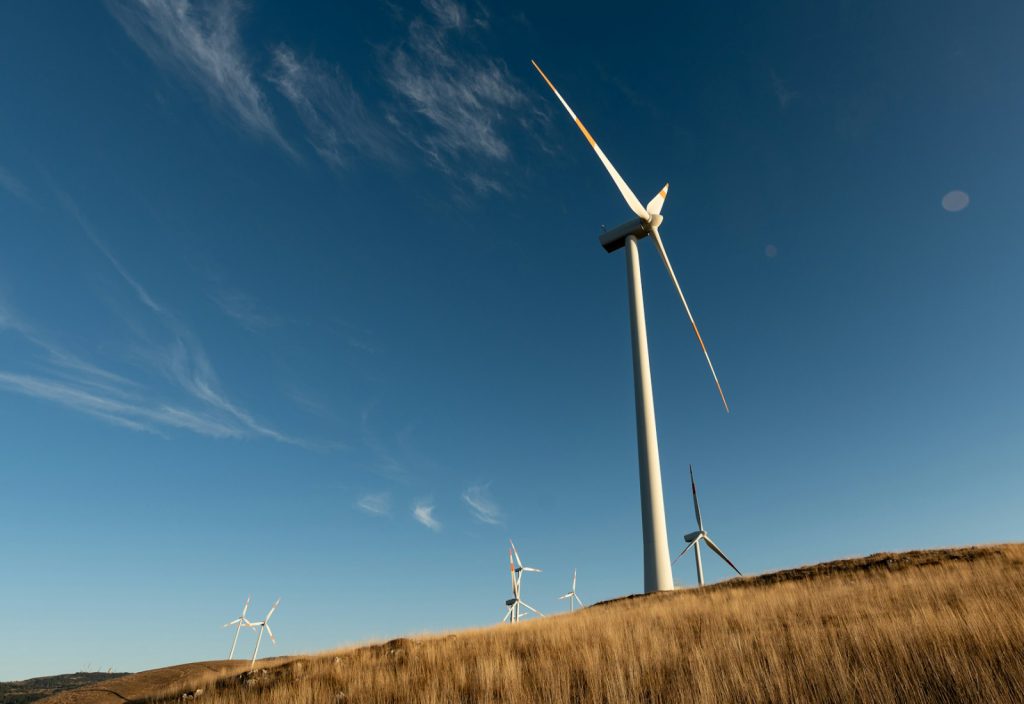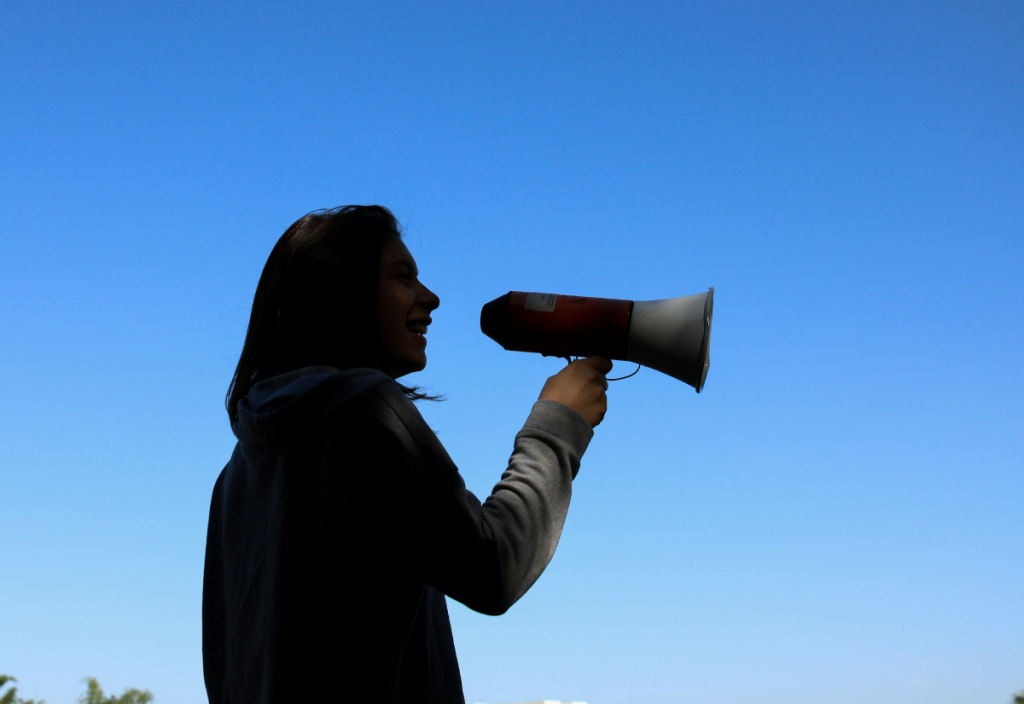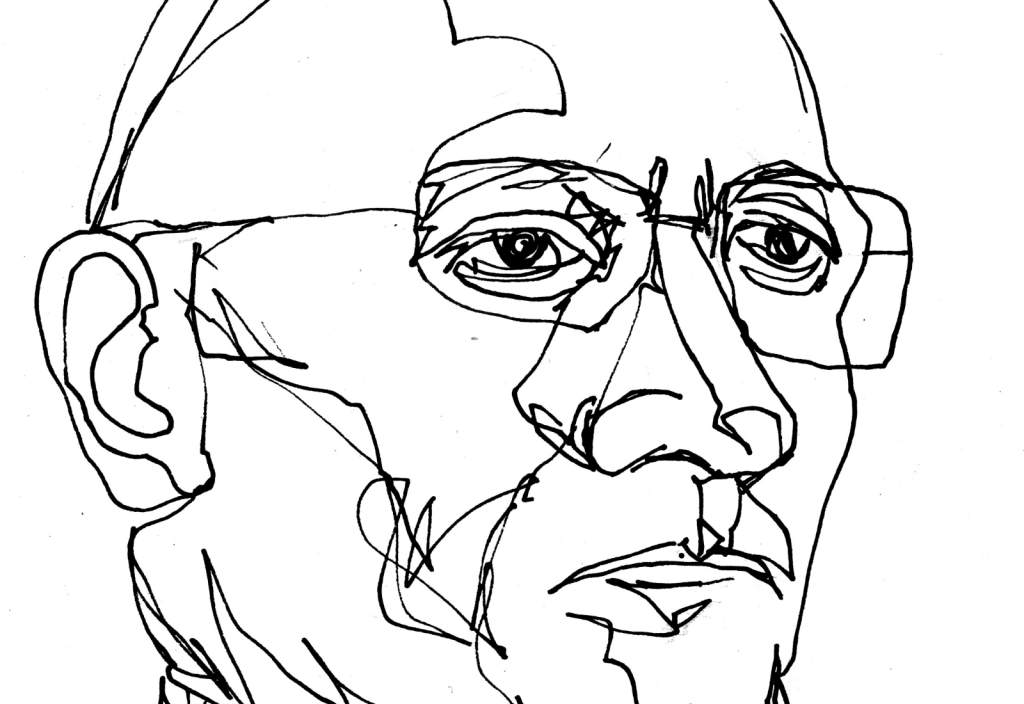Many Australians believe the nation is more politically polarised and divided today than in the past. It’s a divide that has long plagued the United States, but new data show it is increasingly eroding nations’ unity, shared goals, and wellbeing all over the world, including in Australia.
Our research suggests the spread of misinformation on social media is part of the problem. For example, we showed participants misinformation claiming that the “Biden administration lost 20 million COVID vaccines”. In fact, the Biden administration searched for these vaccines because the distribution system established by the Trump administration failed to track the full route they travelled. But this didn’t matter: seeing this misinformation made people angry and polarised their attitudes towards the government.
Surprisingly, responses of anger and polarised attitudes occurred regardless of whether individuals were supporting or opposing the Biden administration and its response to COVID. We found similar results when exposing people to information that may be accurate but contains extreme partisan viewpoints.
One might assume people would simply dismiss such information as baseless and avoid engaging with it. But our research has revealed a disconcerting trend: these misleading narratives can attract even more attention and interaction than accurate and less extreme information.
Data on the role of misinformation in driving political polarisation remains scarce. However, our findings might not be surprising given the growing awareness of misinformation’s pervasive impact on society. As misinformation continues to shape public debate, the repercussions of a highly polarised society, including political gridlock and social unrest, are increasingly felt.
It is a complex problem that needs a multifaceted solution that includes changing how we engage with information. So what do we need to look out for?
Although misinformation often originates from individuals and private citizens, public figures and political elites also spread misinformation and fuel political polarisation.
Public figures and political elites may wield even greater influence as they are often perceived as trusted sources. Research has demonstrated that the ‘who’ behind a social media post can sometimes hold more significance than the ‘what’ in determining our engagement with content.
During the COVID crisis, many false claims and rumours originated from public figures. More recently, One Nation Senator Pauline Hanson claimed the Indigenous Voice was “Australia’s version of apartheid”.
Information from partisan media outlets might not be strictly false, but these outlets often skew their reports to disparage opposing viewpoints. In the United States, extreme partisan viewpoints are expressed by media outlets such as Breitbart and AlterNet. In Australia, many media outlets overwhelmingly express conservative or liberal viewpoints, too.
Although misinformation often originates from individuals and private citizens, public figures and political elites also spread misinformation and fuel political polarisation.
For example, instead of discussing the Voice to Parliament referendum in a neutral manner that shows the strength and weaknesses of the ‘yes’ and ‘no’ campaign, these outlets mainly focus on one side. Often they not only report in a partisan manner but also support false claims from political elites.
Although fact-checking could assist journalists in identifying false claims, many tend to concentrate solely on whether the statements made by political elites align with the views of their audiences. In this way, they facilitate an even wider spread of misinformation leading to further political polarisation.
Our research focused on sources of misinformation and extreme partisan information in the United States. However, the findings also have important implications for public political debate in Australia.
With the looming Voice referendum, the significance of this matter cannot be overstated. Indeed, Prime Minister Anthony Albanese has argued the referendum comes at a time of increasing polarisation, when democracy needs to be protected.
The choices made by citizens during this referendum could be heavily swayed by the information they consume on social media platforms. This means awareness around these dynamics and fundamental change in how we consume information has never been more important.
Curbing political polarisation needs to come from a variety of stakeholders, including social media platforms, policymakers, and educators. Social media platforms have implemented many changes throughout the years.
However, it appears that sensationalism is still prioritised over accuracy. While content moderation can be a dangerous tool, deprioritising potentially damaging content can serve as a first line of defence against misinformation and political polarisation.
At the same time, non-profit organisations and educational institutions can initiate programs that develop digital literacy and a shared understanding of responsible engagement online.
It’s important that social media users do their part, too. Social media users need to use their greater awareness around misinformation to change how they consume and engage with information. This change can include consuming less content but engaging more critically with it and relying on multiple sources.
Especially when dealing with highly emotional content, users should step back and take some time before making a decision to share or otherwise engage with it. Using the tools that social media platforms provide is just as crucial. Such tools include, for example, X’s community notes feature, which allows users to see or provide additional context to information they encounter.
Social media platforms can facilitate the spread of misinformation and a resulting increase in political polarisation. But the power to fuel this vicious cycle lies firmly in the palms of their users.
This article was co-authored by Jason Weismueller, Doctoral Researcher at University of Western Australia; Paul Harrigan, Associate Professor of Marketing, at the University of Western Australia; and Richard L. Gruner, Associate Professor at the University of Western Australia.
This article was originally published in The Conversation.
Photo by Mitchell Luo on Unsplash.













